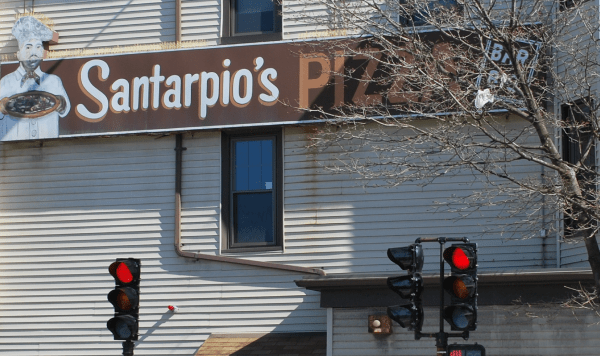Although specific intervention strategies can address the immediate determinants of relapse, it is also important to modify individual lifestyle factors and covert antecedents that can increase exposure or reduce resistance to high-risk situations. Global self-control strategies are designed to modify the client’s lifestyle to increase balance as well as to identify and cope with covert antecedents of relapse (i.e., early warning signals, cognitive distortions, and relapse set-ups). Cognitive restructuring, or reframing, is used throughout the RP treatment process to assist clients in modifying their attributions for and perceptions of the relapse process. In particular, cognitive restructuring is a critical component of interventions to lessen the abstinence violation effect.
People With Chronic Medical Conditions

These negative thoughts abstinence violation effect fuel a dangerous cycle fed on hopelessness and more guilt. In order to cope or avoid these damaging thoughts, these individuals turn back to drugs or alcohol to numb the pain. Others may continue using because they believe they’ve already lost the battle.
What Is The Relapse Prevention Model?
Despite this, lapsing is still a risk factor and makes a person more prone to relapse. Miller and Hester reviewed more than 500 alcoholism outcome studies and reported that more than 75% of subjects relapsed within 1 year of treatment1. A study published by Hunt and colleagues demonstrated that nicotine, heroin, and alcohol produced highly similar rates of relapse over a one-year period, in the range of 80-95%2. A significant proportion (40–80%) of patients receiving treatment for alcohol use disorders have at least one drink, a “lapse,” within the first year of after treatment, whereas around 20% of patients return to pre-treatment levels of alcohol use3. Relapse prevention (RP) is a strategy for reducing the likelihood and severity Drug rehabilitation of relapse following the cessation or reduction of problematic behaviours4. So does this mean that even a brief lapse must lead to a full-blown relapse?
![]()
“Relapse doesn’t mean that treatment doesn’t work.” Addiction Facts
- A simple test of complete honesty is that they should feel “uncomfortably honest” when sharing within their recovery circle.
- Additionally, the support of a solid social network and professional help can play a pivotal role.
- There are a vast array of relapse prevention tools one can implement into their daily routine to help prevent relapse.
- Thus, clients are taught to reframe their perception of lapses—to view them not as failures or indicators of a lack of willpower but as mistakes or errors in learning that signal the need for increased planning to cope more effectively in similar situations in the future.
- Multiple theories of motivation for behavior change support the importance of self-selection of goals in SUD treatment (Sobell et al., 1992).
Advances have been made to the cognitive-behavioral approach model of relapse. Additionally, RP model strategies are being used in large, randomized trials. Most people who struggle with relapse are only aware of the final stage of the relapse process — the moment they succumb to urges and resume their addictive behavior. However, a return to alcohol or drug use after a period of sobriety is preceded by a complex process.
Tips for Rebuilding Life After Rehab
In many cases, initial lapses occur in high-risk situations that are completely unexpected and for which the drinker is often unprepared. In relapse “set ups,” however, it may be possible to identify a series of covert decisions or choices, each of them seemingly inconsequential, which in combination set the person up for situations with overwhelmingly high risk. These choices have been termed “apparently irrelevant decisions” (AIDs), because they may not be overtly recognized as related to relapse but nevertheless help move the person closer to the brink of relapse. The model also integrates cognitive-behavioral techniques, aiming to modify unhelpful thinking patterns and reinforce healthier responses.
What to Expect in Relapse Prevention Therapy?
The relapse rates for substance use disorders (such as alcohol, opioids, cocaine, or methamphetamine) can be significant. Studies have estimated relapse rates to range from 40% to 60% within the first year after treatment completion. Despite its importance, self-care is one of the most overlooked aspects of recovery. Without it, individuals can go to self-help meetings, have a sponsor, https://dailystorypro.com/welcome-to-the-collaborative-studies-on-the/ do step work, and still relapse. Self-care is difficult because recovering individuals tend to be hard on themselves. This can present overtly as individuals who don’t feel they deserve to be good to themselves or who tend to put themselves last, or it can show up covertly as individuals who say they can be good to themselves but who are ruthlessly critical of themselves.



